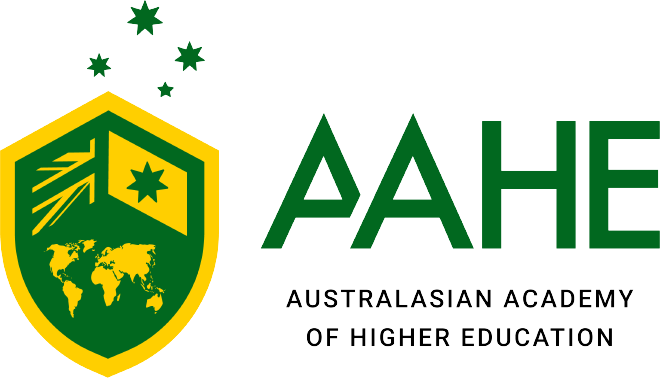CYB105 – Computer Systems and Fundamentals
In this unit, students are introduced to the broader domain of computer systems, comprising the fundamentals of digital processors, memory, processes, threads, virtual machines and file systems. Students will also acquire basic knowledge of information representation and manipulation operations on binary, hexadecimal, integer, and floating-point information representation types, and various families of processor architectures (x86, RISC). The unit content covers the fundamentals of computer software operation, principles of software development and the basics of computer networking and physical layer cybersecurity. Some preliminary concepts on assembly language and malware are also introduced, preparing students for the study of malware analysis and reverse engineering as part of a subsequent core unit.
Learning Outcomes:
- Identify key architectural components of a computer system and describe how the components function using data structures and memory and peripheral design
- Explain basic design and function of operating systems
- Explain binary code, assembly and high-level language concepts
- Explain fundamentals of computer software operation and development
Demonstrate effective communication skills within a computing environment


